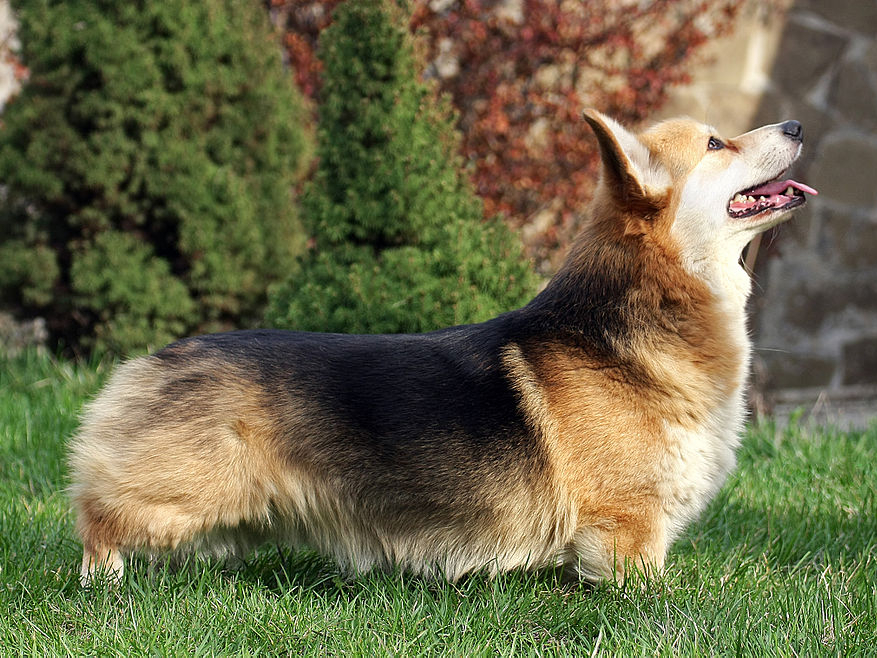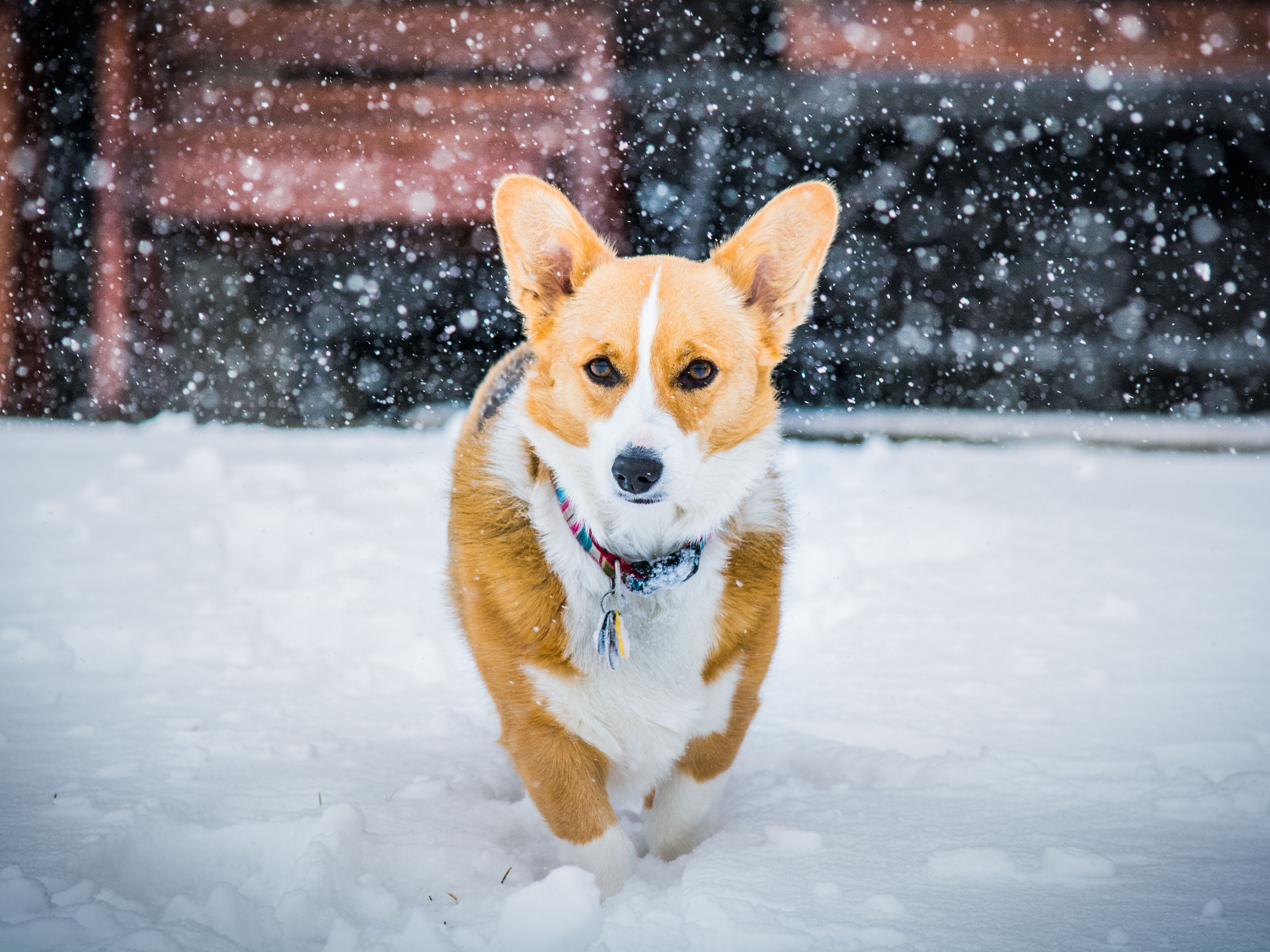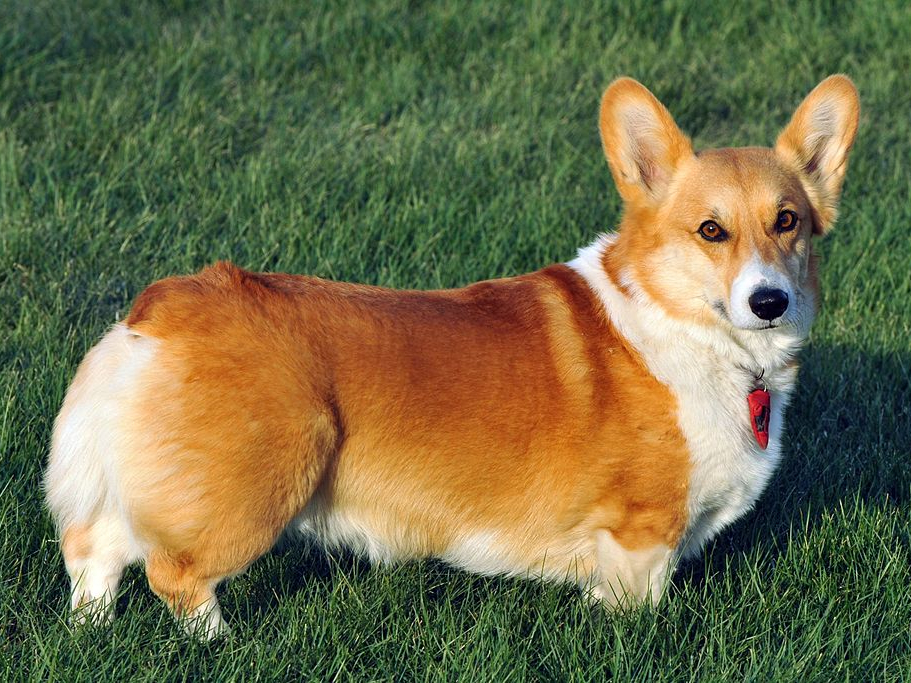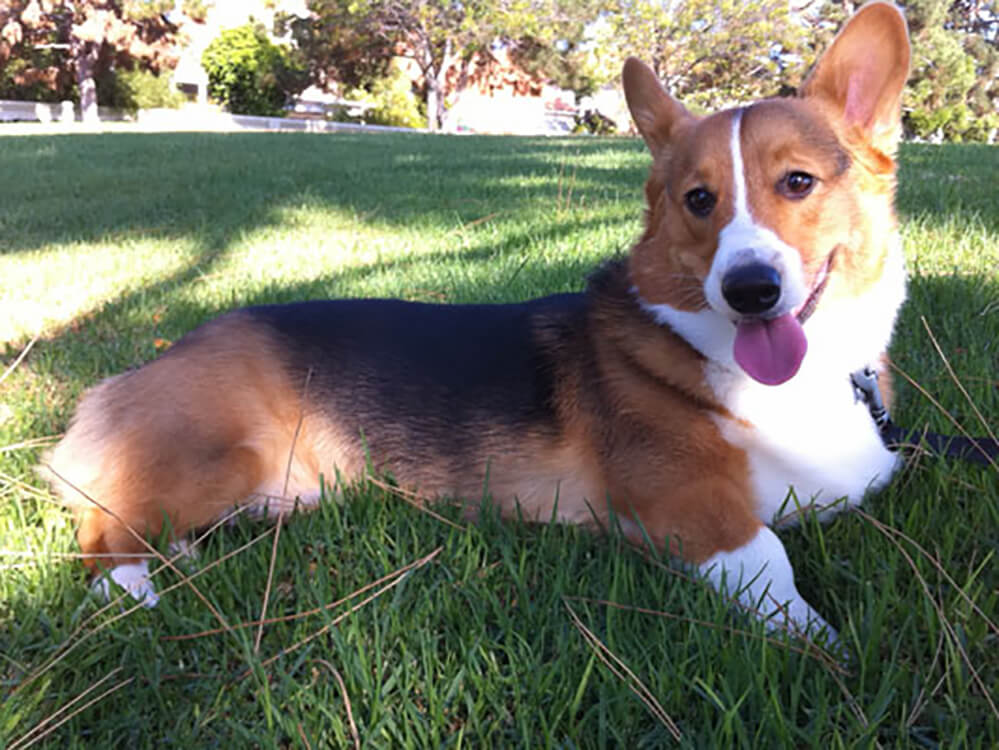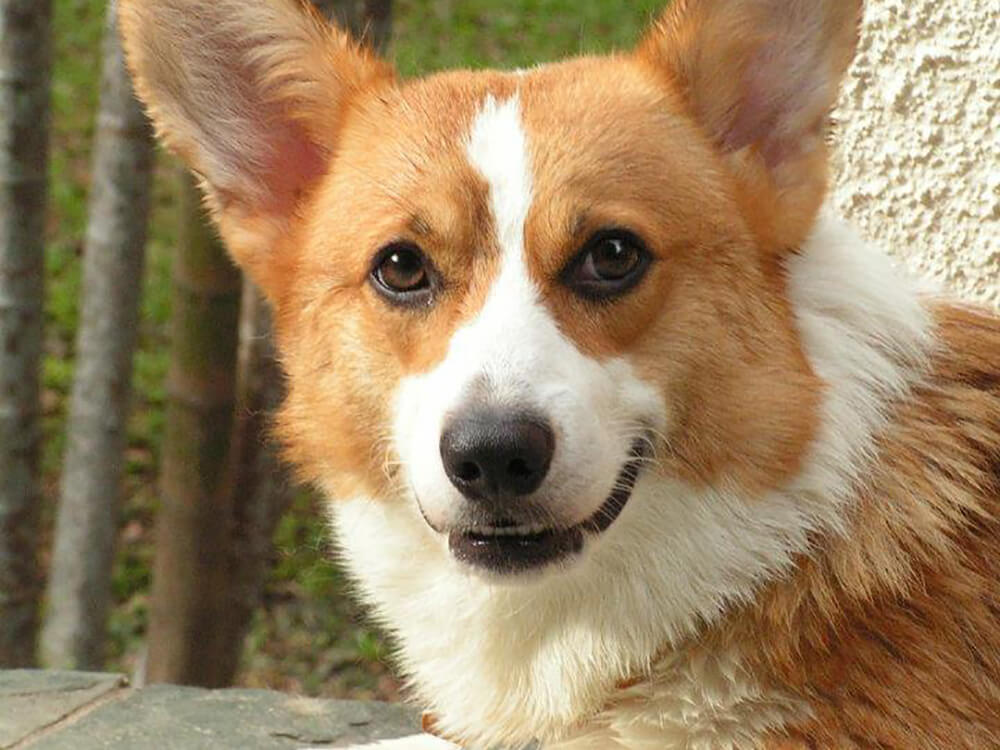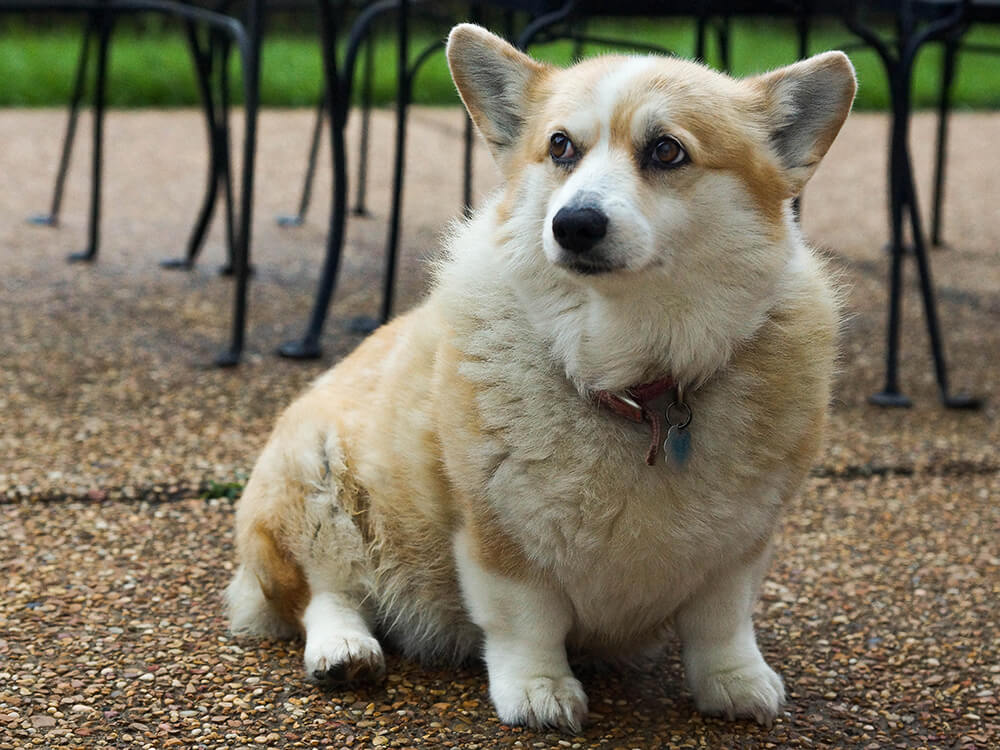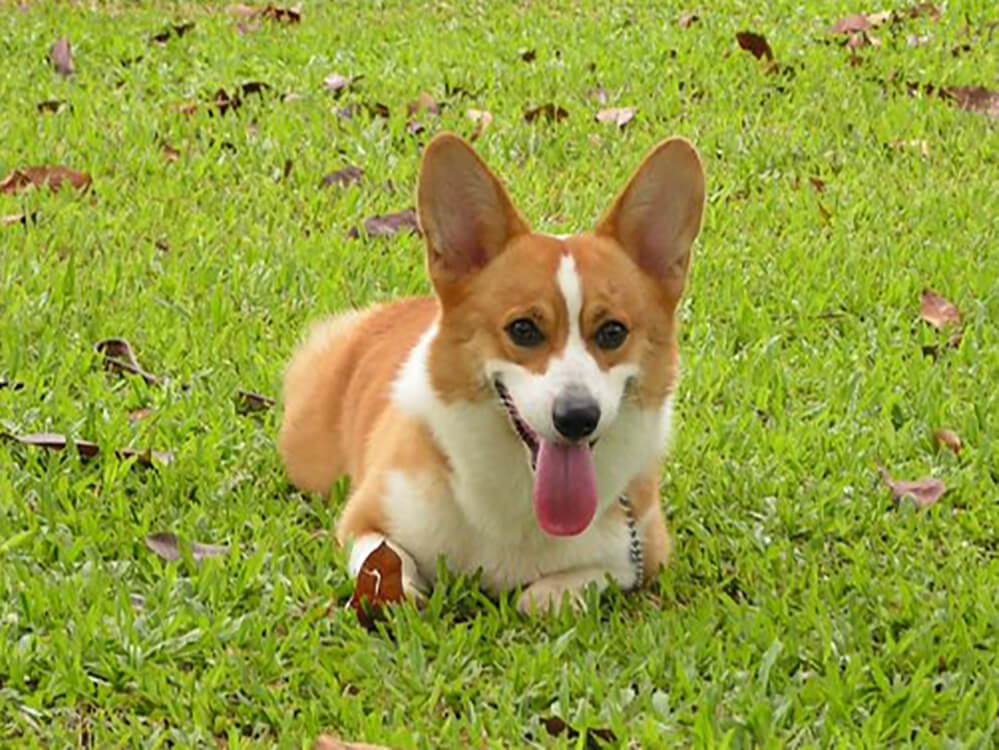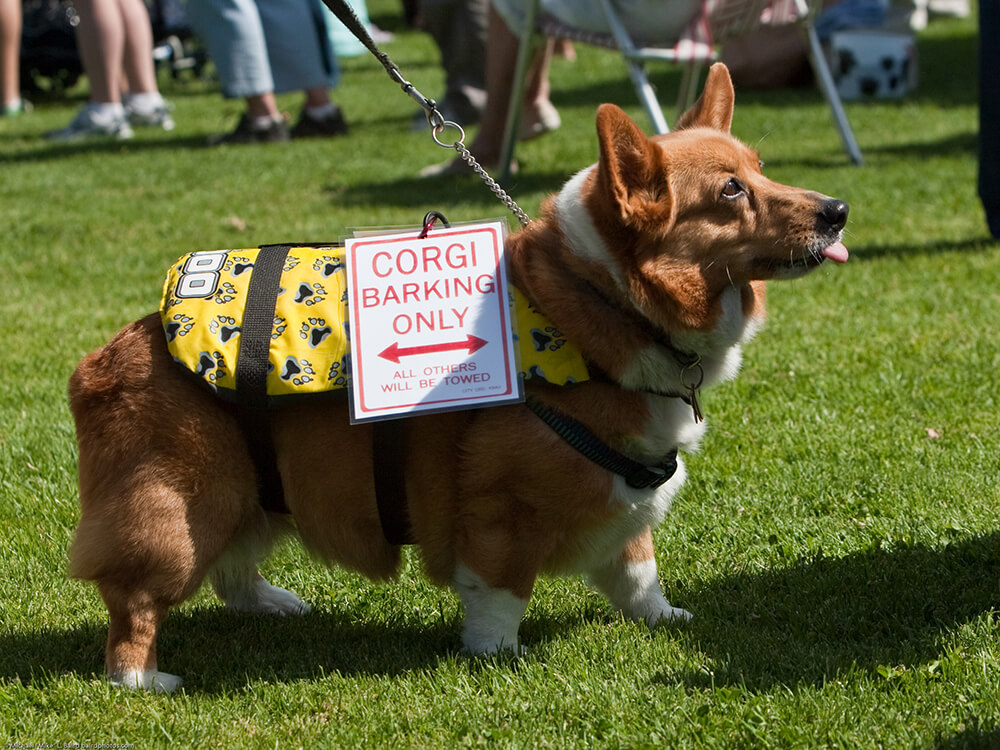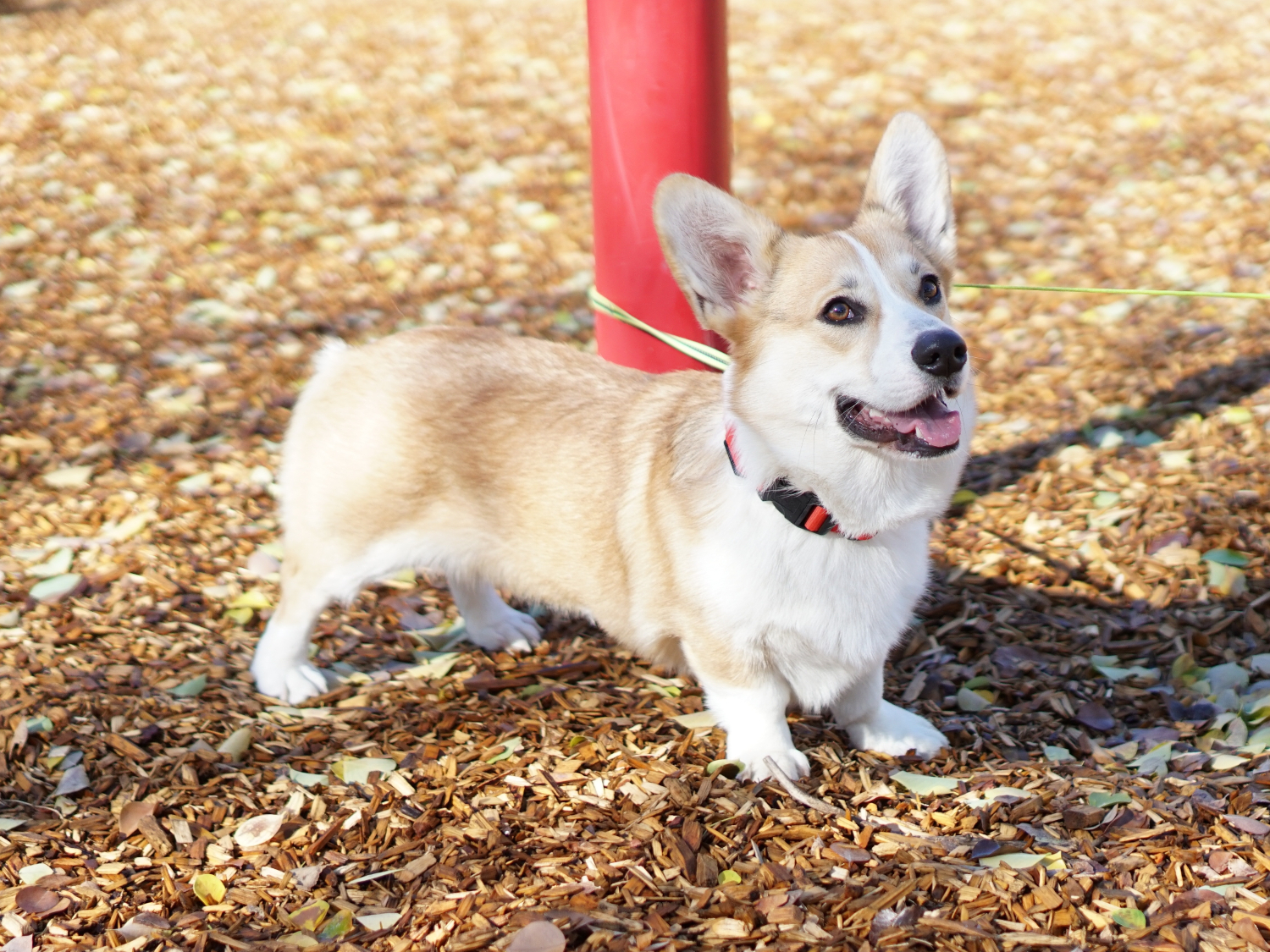
Pembroke Welsh Corgi Breed Pictures
Vital Breed Stats
| Height: | 25 - 30 cm M | 25 - 30 cm F |
| Weight: | 10 - 14 kg M | 11 - 13 kg F |
| Breed Group: | Hound Dog Group |
| Life Expectancy: | 11 - 14 years |
| KC Registered: | No |
Breed Characteristics
| Size: |  |
| Grooming: |  |
| Exercise Level: |  |
| Barking Level: |  |
| Good with Children: |  |
| Good with other pets: |  |
| Affectionate: |  |
| Protective: |  |
Give a thumbs up if you love the Pembroke Welsh Corgi

0
More About the Breed
History
The origins of the Pembroke Welsh corgi can be found as far back as 1107 AD. Historical records suggest that this dog breed was brought by the Vikings and Flemish weavers when they immigrated to Wales in the ninth and tenth centuries. The Pembroke Welsh corgi was bred to herd sheep, ducks, horse, and cattle. This breed is one of the oldest herding dog breeds.
Its historical pedigree is unclear, but the widely accepted theory coincides with the Pembroke Welsh corgi being descended from the Swedish Vallhund and crossed with local Welsh herding dogs. The other theory is that this dog breed may have descended from northern spitz-type dogs like the Siberian husky.
In the 1920s, both the Cardigan and Pembroke Welsh corgis were officially recognised as purebred dogs until they were classed as separate breeds in 1934. The Pembroke Welsh corgi is recognised by the Kennel Club. Today, the Pembroke Welsh corgi's popularity has declined, but it still makes one of the most wonderful companions and family pets.
Appearance
The Pembroke Welsh corgi has a low but strong body. This breed, like its cousin Cardigan Welsh corgi, is referred to as 'true dwarfs' since they are characterised by a short stature due to a condition called achondroplasia. The Pembroke Welsh corgi is the smallest of the herding group, weighing 24–31 pounds and standing 25–30 centimetres. The Pembroke Welsh corgi has a foxy appearance. It has oval-shaped eyes with erect ears. One can differentiate a Pembroke from a Cardigan through their tails. The Pembroke's tail is shorter and almost docked, whilst the Cardigan’s is long.
Most Pembrokes come in red, sable, fawn or black, and tan varieties. It sports a double coat, which is comprised of a thick undercoat and a longer topcoat. It sheds throughout the year and sheds heavily during autumn and spring.
Grooming
The Pembroke has a fluffy coat and wears a fairy saddle on its back. Daily brushing is recommended to keep its coat clean, especially during seasonal shedding. When it comes to bathing, some people prefer to bathe the Pembroke regularly to help control the shedding. However, baths can be done only when necessary. It depends on your preference.
Other than coat grooming, basic care must also be observed to nails, teeth, and ears. Clean the ears regularly to prevent infections due to bacteria growth. Teeth should be brushed at least two or three times a week to avoid dental issues. Nails must be trimmed once or twice a month to prevent painful overgrowth.
Temperament
Intelligence
On the flip side of its devoted personality, it is super easy to train. Not only is the Pembroke one of the smartest dog breeds, but it also has the greatest desire to please its owners. It loves to eat and thus can be motivated to do well in training. The Pembroke is a great watchdog since it is naturally suspicious of strangers and is quick to bark. It is great with children but it is not the best choice for families with small kids since it tends to nip. Nevertheless, any interaction between a Pembroke and children must be supervised.
The Pembroke is happy to laze around the house and chill, but it is a highly energetic dog with incredible stamina. Since it was bred to work (herd cattle), it loves to be outdoors more. The ideal home for a Pembroke Welsh corgi one that is situated in the countryside where there is a big space to roam and run. However, it can also be content to dwell in a city apartment with a securely fenced yard or back garden.
Nutrition
- Senior and less active: up to 730 calories daily
- Typical adults: up to 820 calories daily
- Physically active/working dogs: up to 920 calories daily
Feeding
Health
Exercise
Cost of Ownership
The Pembroke Welsh corgi may small, but owning one can still create a dent in your budget. Not to mention Pembroke is a rare breed and only a few are registered every year. This means you will have to be on a waiting list and will have to pay at least £1,000 for a well-bred pedigree puppy from a reputable breeder. However, this is only the beginning of a few financial setbacks if you're not prepared. Pet insurance for a costly dog is important to help you manage treatment costs during sudden illnesses. Pet insurance can cost anywhere from £20 to £50, depending on the type of coverage you will avail.
Veterinary consultations and routine health procedures can cost you around £800 annually. This includes the cost to neuter, initial vaccinations, and annual boosters. On top of all these expenses, the food will cost you about £20 to £30 a month. Everything may seem unmanageable, but as long as you can afford to shell out £50 to £80 a month and a bit of extra, then you're good.
Is a Pembroke Welsh Corgi Right for You?
- The Pembroke Welsh corgi is one of the two corgi breeds.
- It is naturally suspicious of strangers and is quick to bark.
- The Pembroke sheds throughout the year and more so twice a year.
- It can stay anywhere in a countryside or city apartment as long as it has a secured fenced yard.
- It is the best choice for experienced dog owners with older children.






